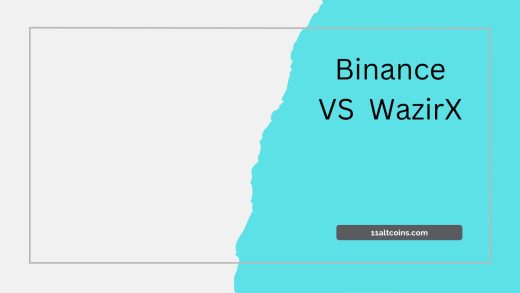The Personal Consumption Expenditures (PCE) is an important economic indicator that measures the amount of money that consumers are spending on goods and services. In this blog post, we’ll explain what PCE is and how it is related to crypto trading and Bitcoin.
“A nation’s economic health depends upon the ability of its people to consume goods and services.”
Robert Kennedy
What is Personal Consumption Expenditures (PCE)?
The Personal Consumption Expenditures (PCE) is a measure of how much money consumers are spending on goods and services. It is considered one of the most important indicators of economic activity and is used by the Federal Reserve to track consumer spending patterns. The PCE is calculated by summing up the value of all consumer spending on goods and services, excluding the purchase of new homes, and is adjusted for inflation. The PCE is a useful measure of consumer spending as it provides a comprehensive picture of consumer behavior, including spending on items such as clothing, food, and housing.
How PCE is related to Crypto Trading and Bitcoin
The PCE is related to crypto trading and Bitcoin in several ways. Firstly, changes in consumer spending patterns can have a significant impact on the demand for cryptocurrencies and, in turn, their prices. For example, if consumer spending is increasing, it may lead to increased demand for cryptocurrencies and an increase in their prices. Conversely, if consumer spending is declining, it may lead to decreased demand for cryptocurrencies and a decrease in their prices.
In addition to its impact on the demand for cryptocurrencies, the PCE is also related to the broader economic environment and monetary policy. The Federal Reserve uses the PCE as a key indicator of inflation and economic growth, and changes in the PCE can influence monetary policy decisions. For example, if the PCE is showing signs of inflation, the Federal Reserve may raise interest rates to curb inflation and slow economic growth. Conversely, if the PCE is showing signs of deflation, the Federal Reserve may lower interest rates to stimulate economic growth.
The relationship between the PCE and Bitcoin is particularly relevant as Bitcoin is often seen as a store of value and a hedge against inflation. In times of economic uncertainty and rising inflation, consumers may flock to Bitcoin as a way to protect their savings. Conversely, in times of economic stability and low inflation, consumers may be less likely to invest in Bitcoin.
“Personal consumption expenditures are a measure of the lifeblood of the economy.”
Ben Bernanke
Conclusion
In conclusion, the Personal Consumption Expenditures (PCE) is an important economic indicator that measures consumer spending patterns. Changes in consumer spending patterns can have a significant impact on the demand for cryptocurrencies and, in turn, their prices. The PCE is also related to the broader economic environment and monetary policy, and changes in the PCE can influence monetary policy decisions. The relationship between the PCE and Bitcoin is particularly relevant, as Bitcoin is often seen as a store of value and a hedge against inflation. Understanding the PCE is essential for anyone interested in crypto trading and Bitcoin, as changes in the PCE can impact the demand for cryptocurrencies and their prices.








